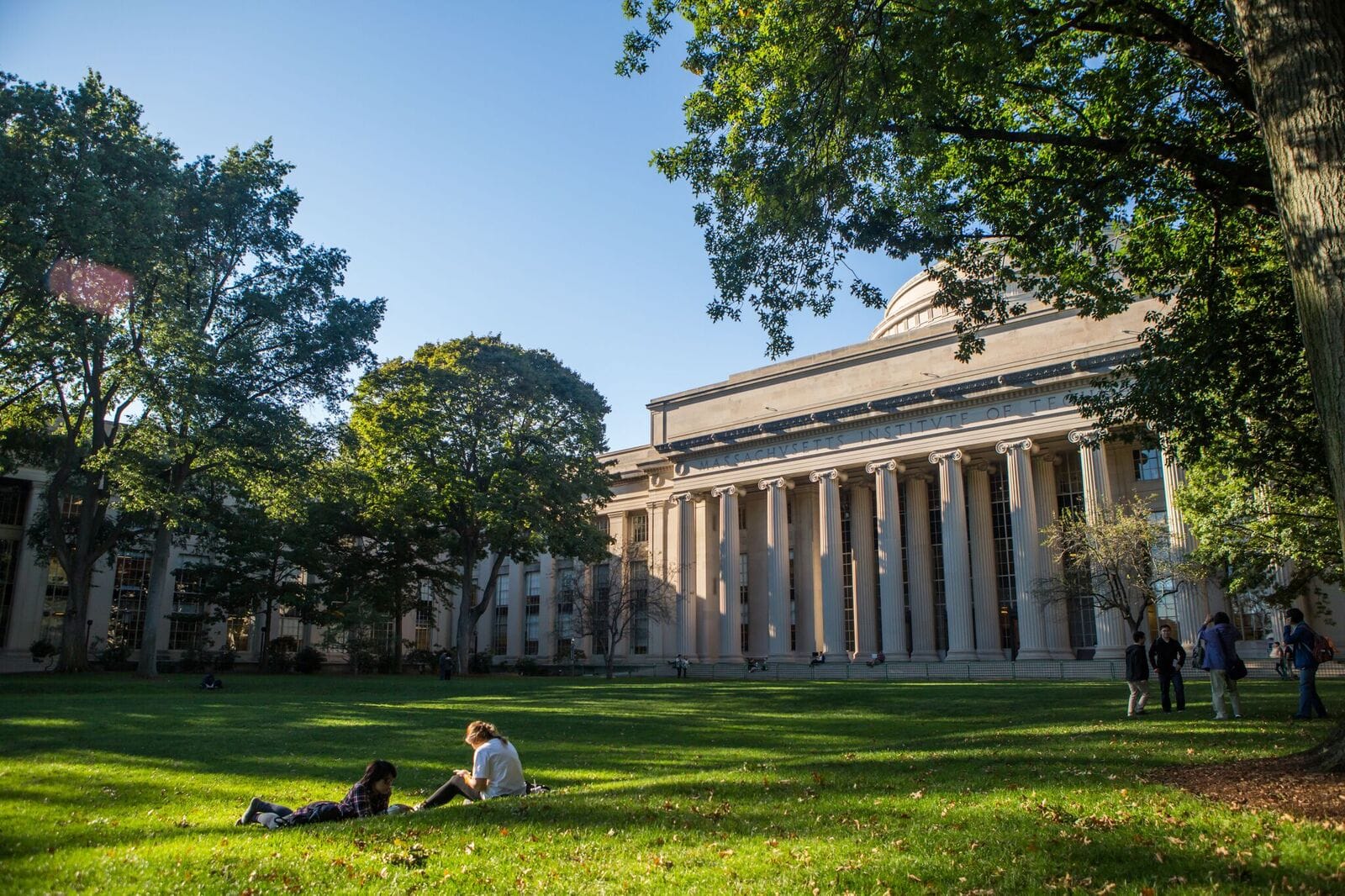Massachusetts Institute of Technology (MIT)
Basic Overview:
- Founded: 1861
- Location: Cambridge, Massachusetts, USA
- Type: Private research university
- Motto: “Mens et Manus” (Latin for “Mind and Hand”)
Reputation & Rankings:
- Consistently ranked among the top 3 universities globally
- Renowned for programs in:
- Engineering
- Computer Science
- Physics
- Mathematics
- Economics
- Artificial Intelligence
- Strong entrepreneurial culture: MIT alumni have founded thousands of companies globally.
Academic Structure:
MIT is organized into five schools:
- School of Engineering – The largest and most prestigious school
- School of Science
- School of Architecture and Planning
- Sloan School of Management
- School of Humanities, Arts, and Social Sciences
- The Schwarzman College of Computing (established in 2019)
Research and Innovation:
- Home to world-class labs and research centers, including:
- Media Lab
- Computer Science and Artificial Intelligence Laboratory (CSAIL)
- Lincoln Laboratory
- Close ties with NASA, DARPA, Google, Microsoft, and many startups
- Over $800 million in annual research expenditures
Global Impact:
- Alumni include:
- 100+ Nobel Laureates
- 40+ astronauts
- Dozens of Turing Award and Fields Medal winners
- MIT has been at the forefront of major advances in technology, energy, climate science, and biotech
Admissions:
- Highly competitive (acceptance rate ~4–5%)
- Holistic admissions process:
- Strong academics
- Personal essays
- Standardized test scores (SAT/ACT – optional in recent years)
- Letters of recommendation
- Demonstrated passion for STEM and innovation
Tuition & Financial Aid:
- Tuition: Approx. $60,000/year (as of 2025)
- Offers need-blind admissions and generous financial aid
- Over 85% of undergraduates receive financial aid
Undergraduate Admission Process
🧾 1. Eligibility
- Open to students from all countries
- Must have completed or be completing secondary school education
- Strong background in math, science, and problem-solving
📅 2. Application Timeline
| Round | Application Opens | Deadline | Decision Released |
|---|---|---|---|
| Early Action | Mid-August | November 1 | Mid-December |
| Regular Action | Mid-August | January 4 | Mid-March |
3. Required Application Components
MIT uses its own application portal (not the Common App or Coalition App):
What You’ll Submit:
- Biographical form (online application)
- Essays: 4–5 short-answer questions
- High School Transcripts
- Teacher Recommendations:
- One from a math or science teacher
- One from a humanities, social science, or language teacher
- School Report (from a guidance counselor)
- Standardized Tests (optional but recommended):
- SAT or ACT
- MIT does not require SAT Subject Tests anymore
- Activities List (highlighting leadership, interests, etc.)
4. Interviews (Optional but Encouraged)
- Conducted by MIT Educational Counselors (ECs) worldwide
- Usually offered after application submission
- Casual, 30–60 minute conversation about your interests and goals
5. What MIT Looks For
MIT evaluates applicants holistically—they want to see:
- Strong academics, especially in STEM
- Curiosity, passion for learning, and problem-solving
- Creativity and initiative
- Collaboration and community involvement
- Authenticity – they value real, motivated individuals, not perfection
6. Financial Aid
- Need-blind for all applicants, including international students
- Full need met – MIT will calculate what your family can afford and cover the rest
- Financial aid application includes:
- CSS Profile
- FAFSA (for U.S. citizens/permanent residents)
- Parent tax returns
